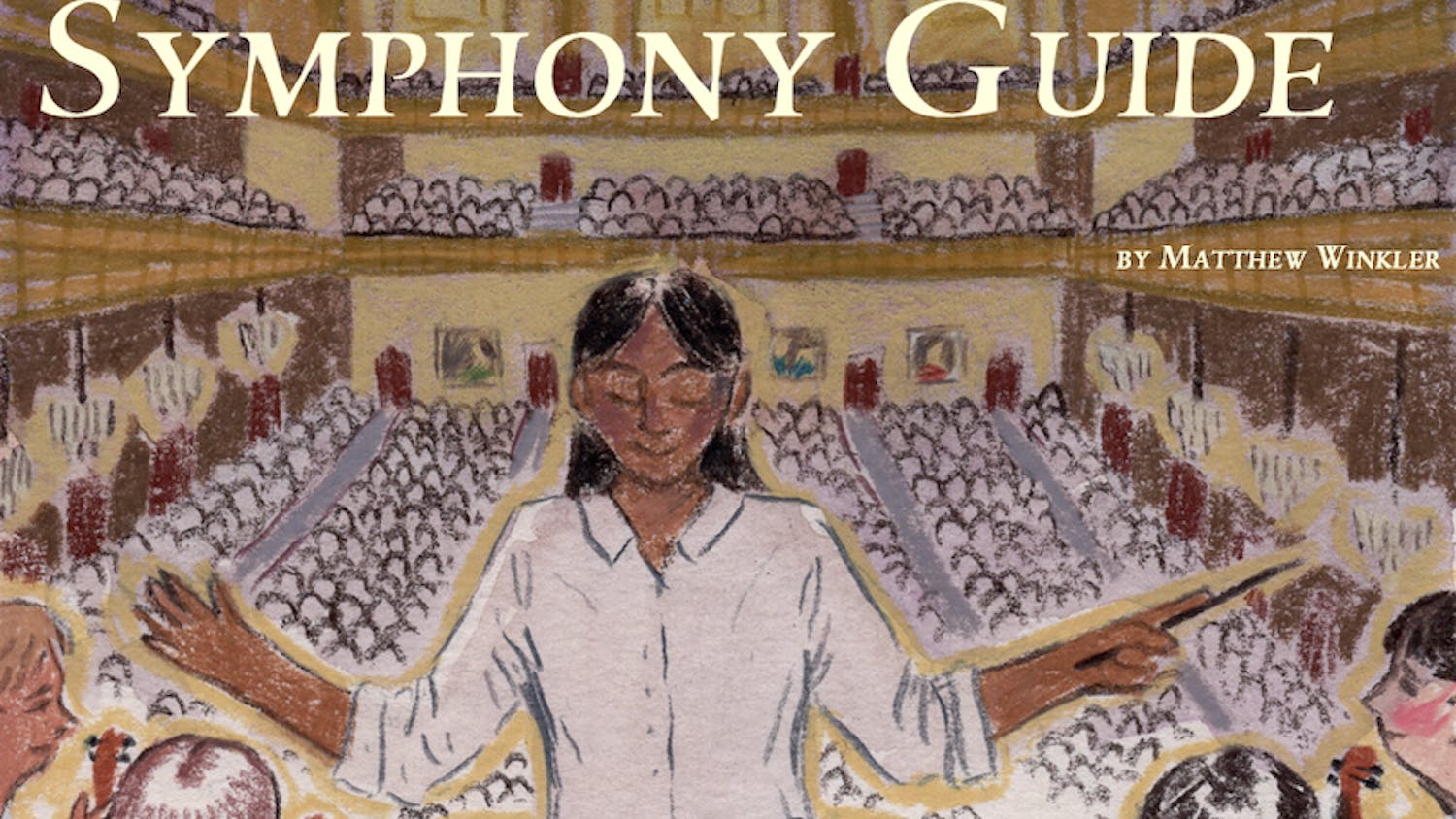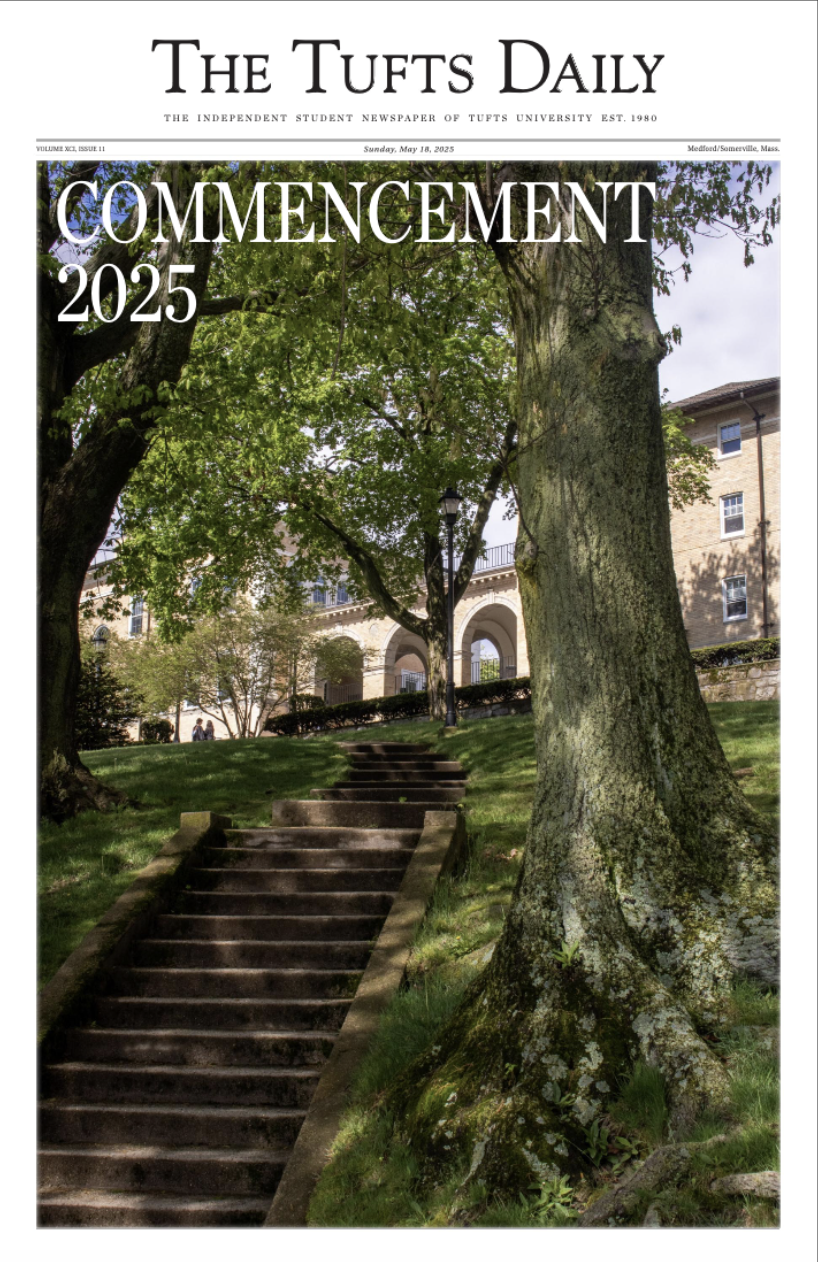The Boston Museum of Fine Arts (MFA) is proving that there is much more to Rembrandt van Rijn than his typically shown grand religious paintings. On view until Jan. 18 the MFA's new exhibit, "Rembrandt's Journey," hopes to illuminate just that.
This showing of hundreds of miniscule etchings displays a Rembrandt with an interest in minute details to be executed with small tools. It pays homage to the Dutchman's versatile talent: Rembrandt was not only a master painter, but a master draftsman and master etcher.
Most of the pieces on display in "Rembrandt's Journey" are tiny -- the majority of Rembrandt's etchings measuring no more than about four inches. Because of this, a vast number of the museum visitors brought magnifying glasses and stood very close to the small etchings inspecting Rembrandt's complex arrangement of lines.
One especially complicated etching is the Circumcision of Christ. This piece is about two and a half inches tall by two inches wide and is filled with twelve men huddling around the illuminated Christ, about to be circumcised. The incredible textures achieved in the small composition include cave-like stone walls, various cloaks on the assembled men and smoke wafting from a pitcher on the table beside the baby. Rembrandt shows off his ability to create drama and a sense of immediacy in the Circumcision of Christ, underscoring his ability to manipulate the etching's glorification of its subject through the artist's use of the group of clustered men surrounding the shining baby. His use of chiaroscuro is also quite impressive in this small composition, the juxtaposition of light and dark only add to the magnitude of the event.
While religious themes are prevalent throughout the exhibit, other subjects and settings include views of the artist's hometown, Amsterdam. Rembrandt painted varying views of the city, ranging from the Beggars' Common to landscape scenes. As a realist, he took subjects which were of concern to him, and which surrounded his everyday life. He saw beggars roam the streets and saw the opportunity to practice facial expressions and body styles without having to pay models. In one example, Beggar Seated on a Bank, he has even etched himself into the position of a beggar seated on a bench. His own face, especially his large keen eyes, is impossible to miss, as it shines out from behind his straggly curly hair and perched cap.
Beggars were not the only "found" models utilized by Rembrandt; the artist frequently used himself, his mother and his wife as models, often dressed up in exotic costumes. The engravings of Rembrandt's mother are by the special care with which each line and crease in the old woman's skin is presented, as her small wrinkled hands clasped in her lap amidst her full dress and her small lips are clenched.
When Rembrandt drew himself, he had the ability to make himself pose as whatever he wanted and therefore we see him in numerous poses practicing mouth and jaw and nose clenches and experiments with costumes.
Rembrandt's "journey" as it were, is followed throughout times of opulence and wealth until the end of his life in 1669 when he died in such poverty that he was buried in a rented grave. The exhibit "Rembrandt's Journey," presents the artist's work on brightly colored walls painted in shades of periwinkle and teal, with muted boards of the same hue affixed in front which hold the artwork- the two tone effect is quite striking and draws visitors in to the small pieces of work effectively.
The pieces themselves are arranged by subject matter and while at first this division of the works seems organized, it gets to be confusing as the curatorial staff repeated these subject divisions a couple of times throughout the exhibit. For example, patrons did not always understand why there are images of the childhood of Christ located in different parts of the exhibition space under the same headings.
The last portraits in the exhibit are those of Rembrandt just before he dies and a few depictions of his only son to survive childhood. Here, Rembrandt's style has changed; it is more refined and toned down. In the "Self Portrait, 1654," the artist's face is weathered; while his bright eyes have not changed in comparison to depictions in earlier portraits, there are fleshy folds of skin surrounding them. He shows a more humble side of himself, saddened by the turn of events in his life.
The trajectory of Rembrandt's life from buoyancy to despair is clearly depicted in his work and its thorough display in this special exhibit.
More from The Tufts Daily





